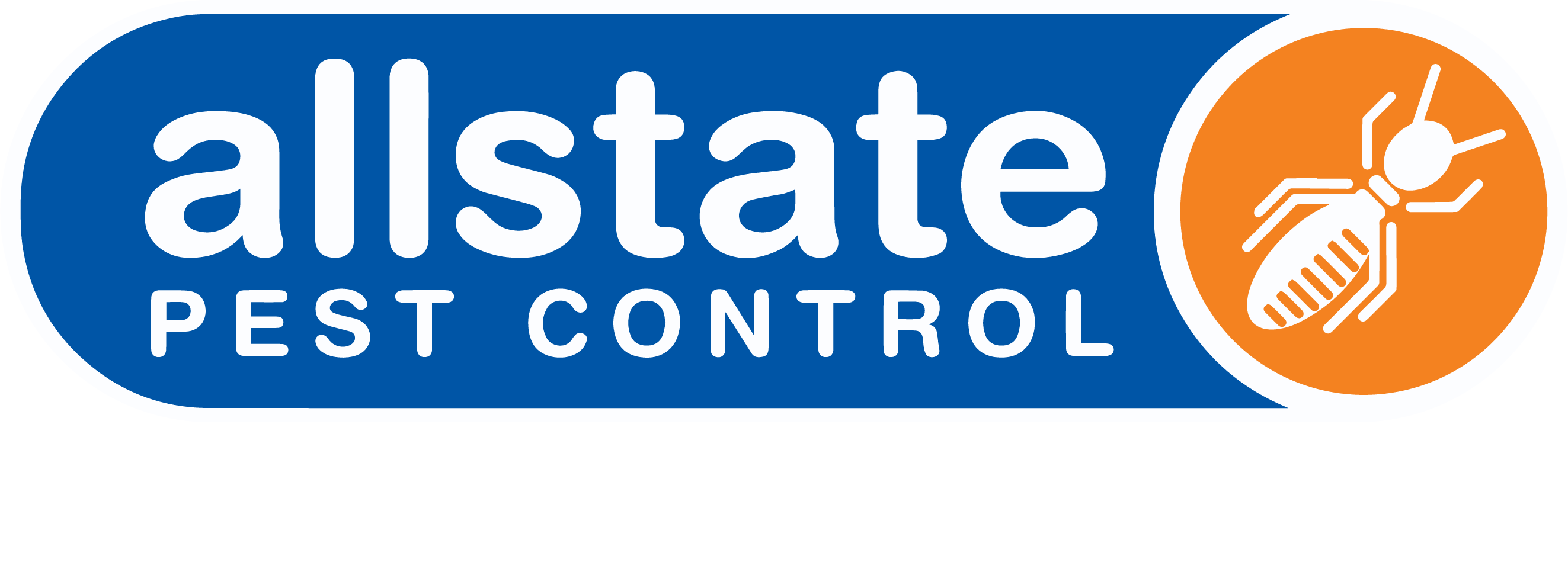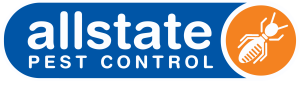by SerumTD-019 | Aug 30, 2022
Bioconcentration:The accumulation of a substance in an organism to a level greater than that in the surrounding environment. Bioconcentration occurs when the rate of uptake of a substance by an organism exceeds the rate at which it is lost or prevented.
by SerumTD-019 | Aug 30, 2022
biodegradation:The breakdown of organic matter by bacteria or other living organisms. Biodegradation is a natural process that recycles nutrients back into the environment.
by SerumTD-019 | Aug 30, 2022
Biofix:A naturally occurring substance that is used to initiate biological processes, such as fermentation or biodegradation. Biofixes are usually enzymes or other proteins that catalyze reactions in living cells.
by SerumTD-019 | Aug 30, 2022
Biological Carrying Capacity:The maximum number of individuals of a particular species that an ecosystem can support over the long term without being degraded. The carrying capacity may be affected by a variety of factors, including food availability, water supply, shelter, and disease.
by SerumTD-019 | Aug 30, 2022
Biocontrol or Biological Control:The use of living organisms to control pests. This can be done by introducing natural predators or parasites of the pest species into the environment, or by using bacteria or viruses to infect and kill the pests. Biocontrol can also be achieved by encouraging the growth of beneficial plants that compete with pests for resources, or by manipulating the environment to make it less favourable for pests.



